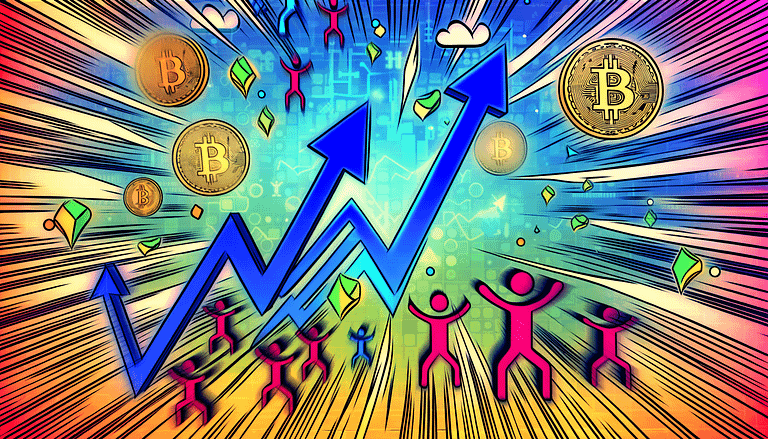Solana Shows Resilience Amid Market Turmoil
In A Nutshell
Amidst a turbulent market, Solana (SOL) presents a compelling case for why investors might want to reconsider selling off their holdings. Key indicators suggest a resilient investor confidence and a robust on-chain activity, hinting at a possible recovery and further growth.
Solana’s Market Resilience
The recent market downturn has left many investors questioning their holdings across various cryptocurrencies. Solana, in particular, has been under the microscope due to its significant drop followed by an equally notable recovery. After a sharp fall to $110 on August 5th, SOL showcased a strong rebound, trading at $139.87, marking a 26% increase. This resilience is not only reflected in its price action but also in its trading volume and the sustained interest within its ecosystem.
On-chain Activity and Ecosystem Health
A pivotal aspect of Solana’s appeal lies in its on-chain activity. On the same day that SOL hit its recent low, the network saw a spike in daily on-chain volume, reaching $27.11 SOL, a figure only surpassed once in the last two years. This surge in volume, coupled with a relatively stable Total Value Locked (TVL) despite the market’s volatility, underscores a solid foundation of ecosystem health and user engagement.
Investor Confidence: A Closer Look
Despite the market’s downturn, the indicators of investor confidence in Solana remain strong. The recovery in SOL’s price, alongside robust network activity, suggests that the ecosystem retains its attractiveness. This is further supported by the ecosystem’s quick response to market conditions, offering opportunities for investment in SOL-denominated assets at more favorable prices.
Our Take
The evidence points to a Solana ecosystem that is far from capitulating under the recent market pressures. The resilience in price, combined with robust on-chain activity and a stable TVL, indicates a healthy ecosystem capable of weathering market storms. For investors contemplating selling their SOL holdings, it may be wise to consider these factors closely. While the future remains uncertain and markets can shift, the current data suggests that holding onto SOL, at least for the foreseeable future, could be a prudent decision.







